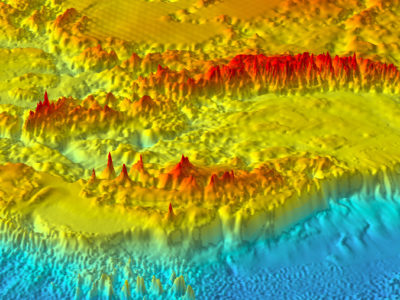Research projects
Filter:
Filtered:
See also UK Polar Data Centre team or Ice & ice-movement

Bedmap
Bedmap is a collaborative community project with the aim to produce a new map and datasets of Antarctic ice thickness and bed topography for the international glaciology and geophysical community, …